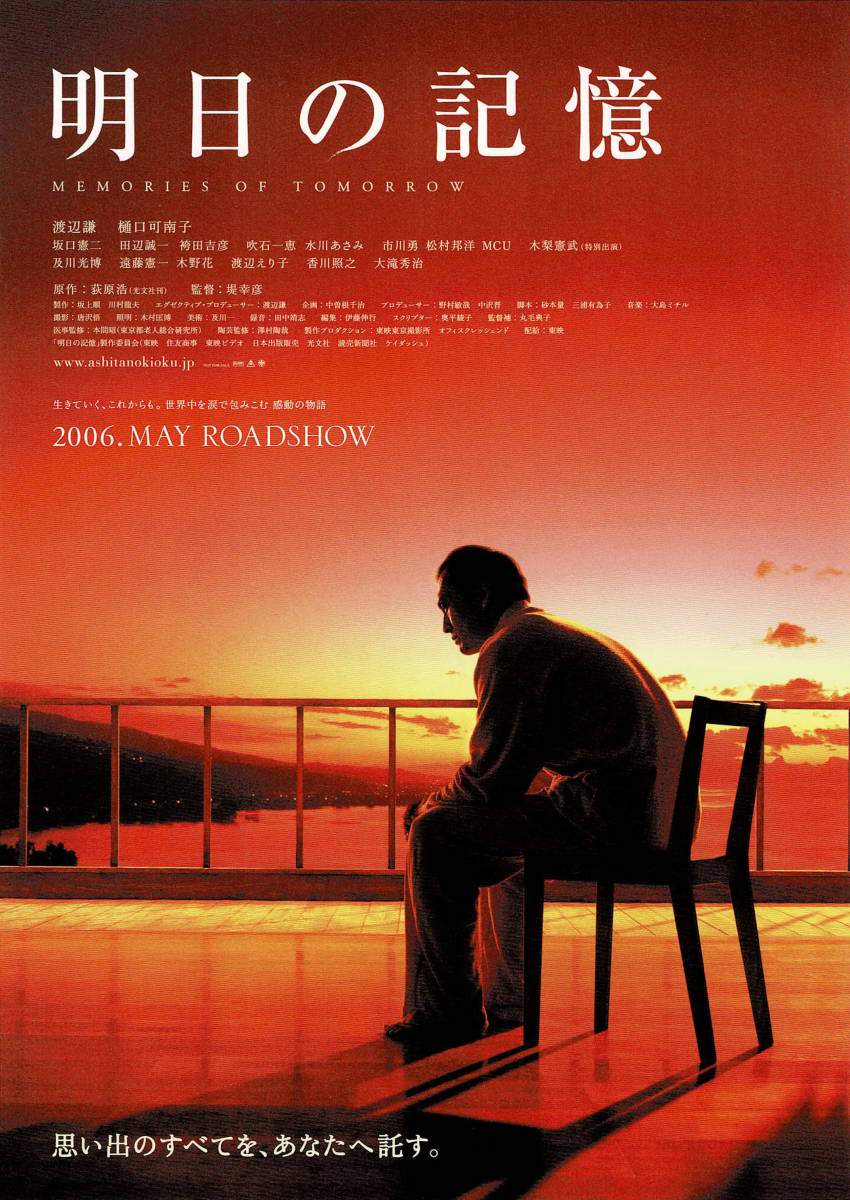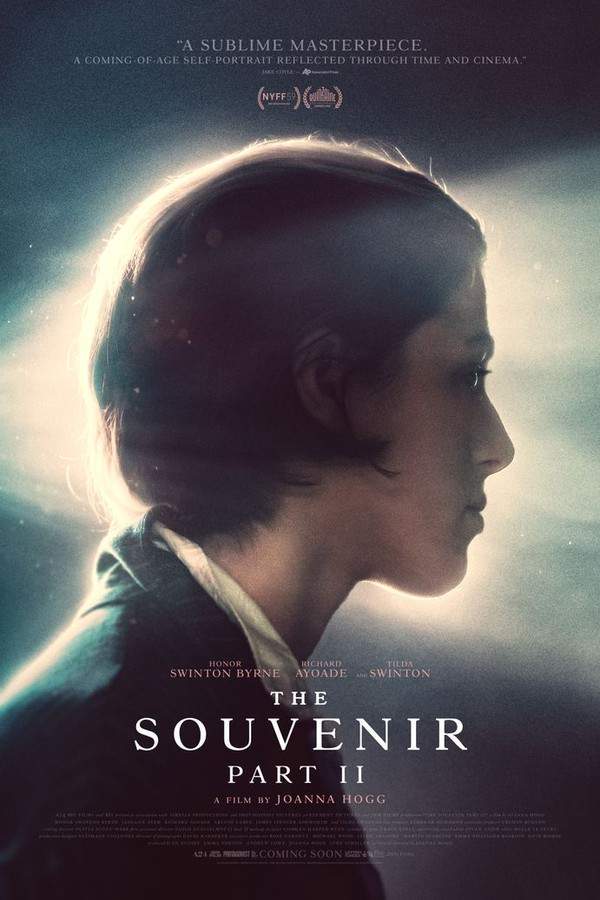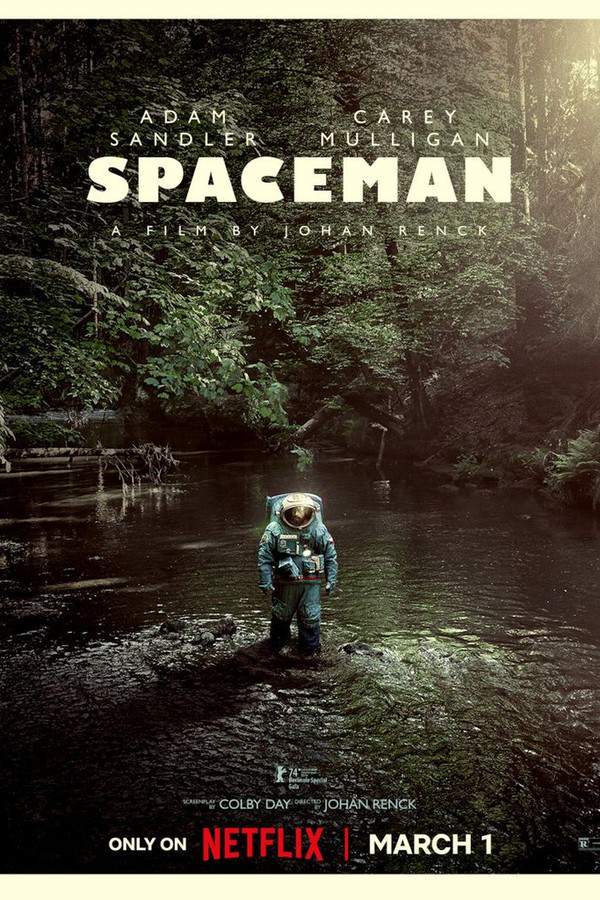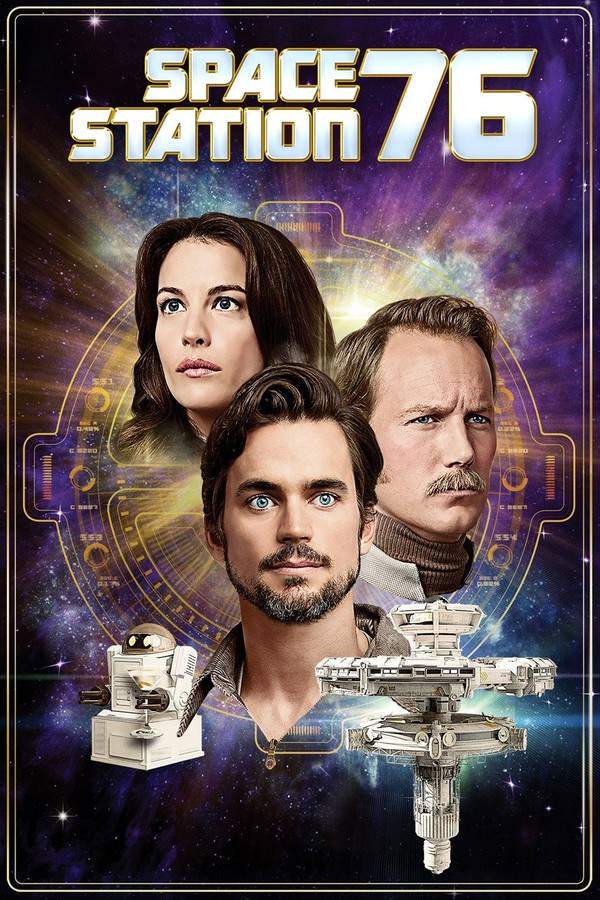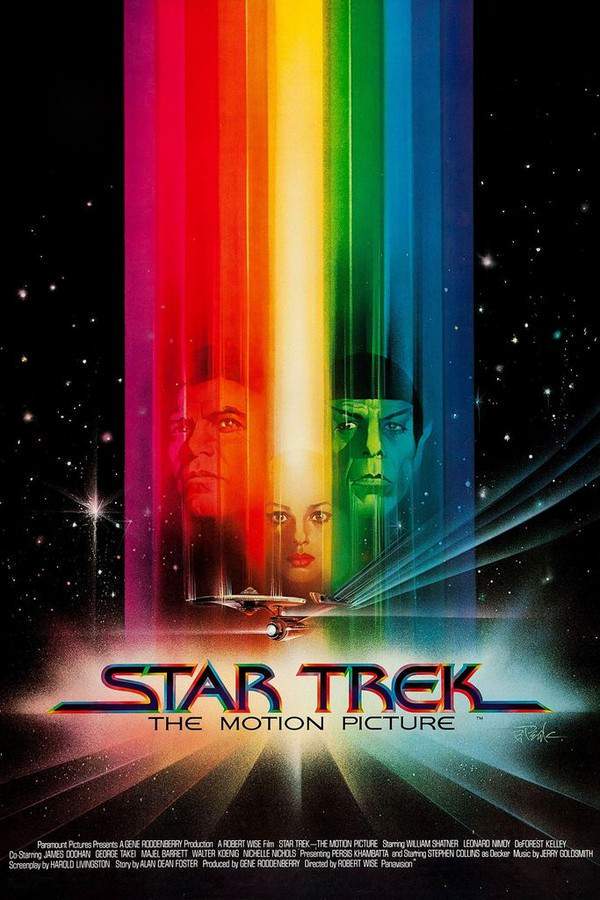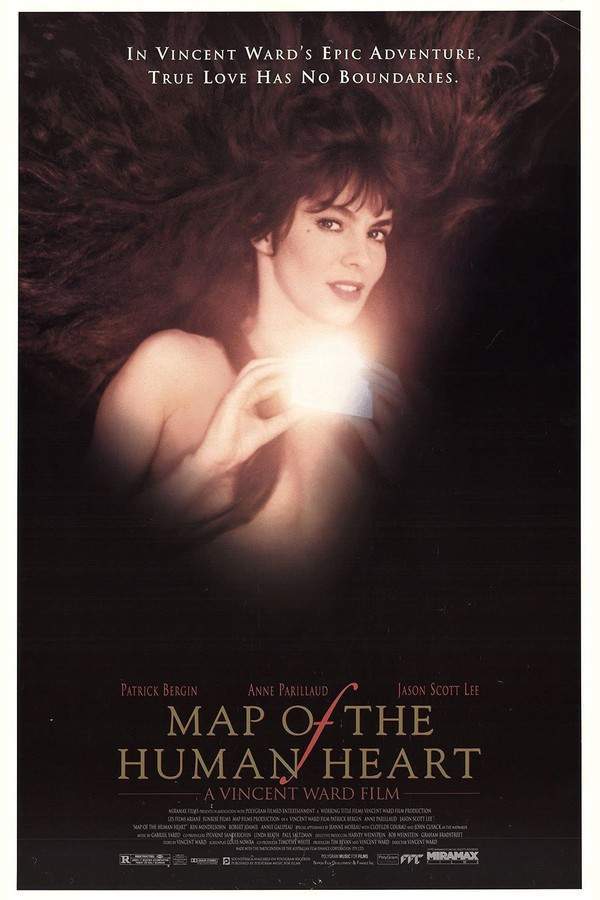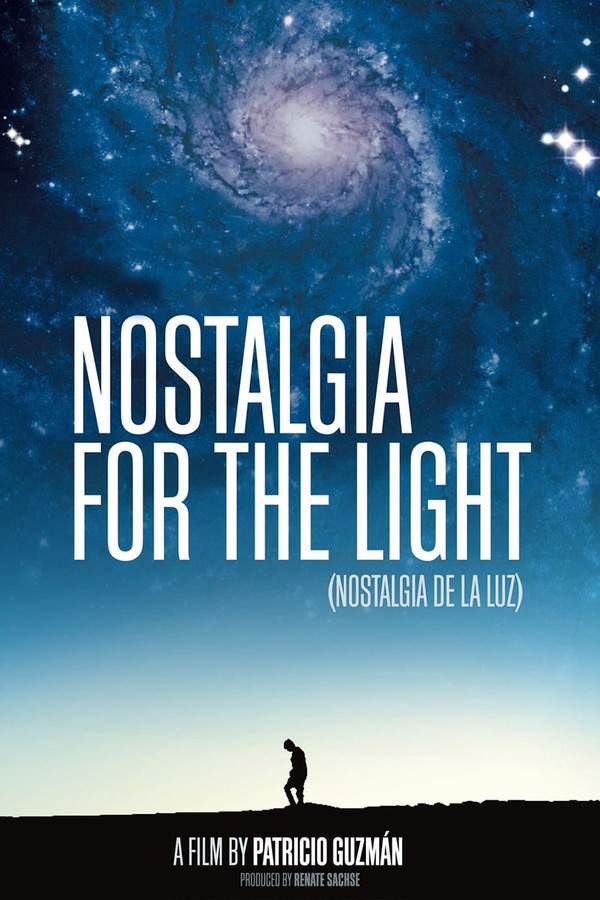
Nostalgia for the Light
Year: 2011
Runtime: 90 min
Language: Spanish
Director: Patricio Guzmán
Amidst the stark beauty of Chile's Atacama Desert, a group of women search for fragments of their husbands and sons, lost during the years of the Pinochet dictatorship. These widows meticulously gather pieces of metal and debris, remnants of the telescopes and the men who operated them, creating a poignant and visually stunning meditation on loss, memory, and the enduring impact of political upheaval.
Warning: spoilers below!
Haven’t seen Nostalgia for the Light yet? This summary contains major spoilers. Bookmark the page, watch the movie, and come back for the full breakdown. If you're ready, scroll on and relive the story!
Nostalgia for the Light (2011) – Full Plot Summary & Ending Explained
Read the complete plot breakdown of Nostalgia for the Light (2011), including all key story events, major twists, and the ending explained in detail. Discover what really happened—and what it all means.
Nostalgia for the Light begins by focusing on a telescope and breathtaking images of the Moon. The narrator, Patricio Guzmán, shares his passion for astronomy, reminiscing about his childhood when “only the present moment existed.” As the narrative unfolds, Chile emerges as a pivotal location, attracting astronomers and scientists eager to explore the universe under its remarkably clear skies. Guzmán is soon seen traversing the Atacama Desert, a land so parched it resembles the surface of Mars. This desert, rich in history, serves as a central theme of the documentary, revealing the preserved remains of fish, mollusks, ancient carvings, and even mummified humans due to its extreme dryness.
In this exploration, astronomer Gaspar Galaz](/actor/gaspar-galaz) introduces the idea that astronomy allows us to peer into our past and grasp our origins. He reflects on how science, particularly fields like astronomy and geology, acts as a lens into the past, stating that even their discussion is a journey back in time, factualized by the speed of light. Lautaro Núñez draws parallels between the quests of archaeologists and astronomers, as both seek to reconstruct history from mere remnants left behind.
The documentary also delves into Chile’s tumultuous past under the dictatorship of Pinochet. Luís Henríquez, a survivor of the Chacabuco concentration camp, shares a poignant account of how he and about 20 others, led by a Doctor Alvarez—a man versed in astronomy—immersed themselves in the cosmos. They studied astronomy by day and navigated the stars at night, experiencing a profound sense of freedom that quickly attracted the military’s ire, who feared the knowledge might aid in escape. Another survivor, Miguel Lawner, known as the “architect,” meticulously memorized and later recreated the layout of the concentration camp, using his footsteps to measure the grounds. He cleverly concealed his scaled drawings, destroying them when necessary, all the while contributing to the narrative of survival.
Guzmán presents a powerful metaphor through his own life, as he and his wife, Anita, symbolize Chile itself: while Henríquez bears the weight of memory from the past, Anita, suffering from Alzheimer’s disease, represents the inevitability of forgetting. Valentina Rodríguez recounts her family’s harrowing experience with detention; her grandparents were coerced into betraying her parents’ whereabouts. Despite these tragic circumstances, Valentina embraces the notion that she and her family are part of the universe’s recyclable matter, offering her solace. She expresses hope for her son, who, she believes, will not endure the same dictatorial violence that plagued previous generations.
In the documentary’s closing sentiments, Guzmán emphasizes the significance of memory, asserting, > “those who have a memory are able to live in the fragile present moments. Those who have none don’t live anywhere.” This reflective perspective underlines the film’s poignant message on the importance of remembering history as a way to honor the past while navigating the present.
Last Updated: November 16, 2024 at 18:36
Explore Movie Threads
Discover curated groups of movies connected by mood, themes, and story style. Browse collections built around emotion, atmosphere, and narrative focus to easily find films that match what you feel like watching right now.
Contemplative Films About Memory Like Nostalgia for the Light
Films that use quiet reflection to explore the lingering pain of the past.Discover movies like Nostalgia for the Light that use a meditative pace to explore themes of grief and historical memory. If you appreciated the thoughtful, melancholic reflection on loss, these similar documentaries and dramas offer a comparable, deeply resonant viewing experience.
Narrative Summary
Narratives in this thread often unfold through a slow, associative structure rather than a linear plot. They juxtapose personal stories with larger philosophical or historical ideas, focusing on the emotional and psychological landscape of characters grappling with absence and the act of remembrance itself.
Why These Movies?
These films are grouped together because they share a specific combination of a heavy emotional weight, a melancholic tone, and a deliberately slow pacing. They prioritize creating a thoughtful, somber mood that allows viewers to sit with complex feelings about history, loss, and the fragility of memory.
Movies Blending Science and History Like Nostalgia for the Light
Movies that juxtapose the scale of the universe with intimate human stories.Find films similar to Nostalgia for the Light that connect scientific exploration with profound human drama. If you liked the way it intertwined astronomy with political trauma, these recommendations offer a similar blend of intellectual wonder and emotional depth.
Narrative Summary
The narrative pattern involves a deliberate intertwining of two seemingly disparate threads: one scientific or elemental (like stargazing or digging in the earth) and one humanistic (like surviving a dictatorship or searching for loved ones). The connection between them reveals deeper truths about memory, time, and our place in the universe.
Why These Movies?
These movies are grouped by their unique thematic structure that bridges a macro perspective (the cosmos, deep time) with a micro perspective (individual grief, political violence). They create a specific, thoughtful vibe through this juxtaposition, offering a sense of scale and philosophical depth to human suffering and resilience.
Unlock the Full Story of Nostalgia for the Light
Don't stop at just watching — explore Nostalgia for the Light in full detail. From the complete plot summary and scene-by-scene timeline to character breakdowns, thematic analysis, and a deep dive into the ending — every page helps you truly understand what Nostalgia for the Light is all about. Plus, discover what's next after the movie.
Nostalgia for the Light Timeline
Track the full timeline of Nostalgia for the Light with every major event arranged chronologically. Perfect for decoding non-linear storytelling, flashbacks, or parallel narratives with a clear scene-by-scene breakdown.

Characters, Settings & Themes in Nostalgia for the Light
Discover the characters, locations, and core themes that shape Nostalgia for the Light. Get insights into symbolic elements, setting significance, and deeper narrative meaning — ideal for thematic analysis and movie breakdowns.

Nostalgia for the Light Spoiler-Free Summary
Get a quick, spoiler-free overview of Nostalgia for the Light that covers the main plot points and key details without revealing any major twists or spoilers. Perfect for those who want to know what to expect before diving in.

More About Nostalgia for the Light
Visit What's After the Movie to explore more about Nostalgia for the Light: box office results, cast and crew info, production details, post-credit scenes, and external links — all in one place for movie fans and researchers.






